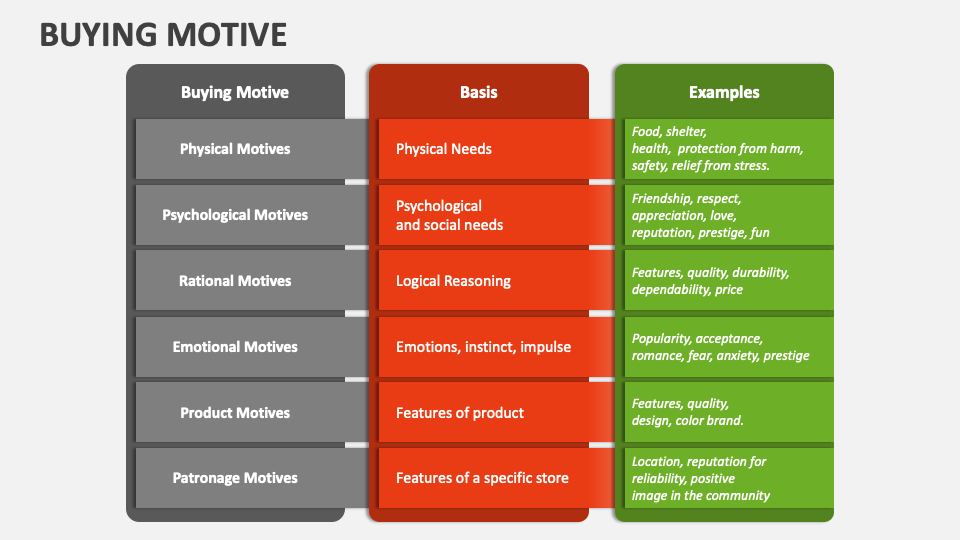The Relationship Between ADHD, Autism Spectrum Disorder, And Intellectual Disability

Table of Contents
Understanding the Individual Conditions
To grasp the relationship between ADHD, ASD, and ID, it's vital to understand each condition independently.
ADHD (Attention-Deficit/Hyperactivity Disorder)
ADHD is a neurodevelopmental disorder characterized by persistent patterns of inattention, hyperactivity, and impulsivity. These symptoms interfere with daily functioning, impacting academic performance, social interactions, and occupational success.
- Types of ADHD: Predominantly Inattentive Presentation, Predominantly Hyperactive-Impulsive Presentation, and Combined Presentation.
- Diagnostic Criteria: Symptoms must be present before age 12, across multiple settings, and significantly impair functioning. A comprehensive diagnostic assessment is crucial.
- Common Challenges: Difficulty focusing, restlessness, interrupting conversations, emotional dysregulation, poor organization, and academic underachievement.
Autism Spectrum Disorder (ASD)
Autism Spectrum Disorder encompasses a broad range of neurodevelopmental conditions characterized by persistent deficits in social communication and social interaction, and by the presence of restricted, repetitive patterns of behavior, interests, or activities. The severity of symptoms varies greatly across individuals.
- Spectrum Nature: ASD exists on a spectrum, meaning symptoms and their severity differ widely.
- Core Symptoms: Challenges with social reciprocity, nonverbal communication, developing and maintaining relationships, inflexible routines, highly specific interests, and unusual sensory sensitivities.
- Diagnostic Criteria: Based on observed behaviors and developmental history, requiring a thorough assessment by a qualified professional.
Intellectual Disability (ID)
Intellectual Disability is characterized by significant limitations in both intellectual functioning (reasoning, learning, problem-solving) and adaptive behavior (conceptual, social, and practical skills). Adaptive skills refer to the ability to perform everyday tasks and function independently.
- Levels of Severity: Mild, Moderate, Severe, and Profound, based on both IQ scores and adaptive functioning.
- Limitations in Cognitive Functioning: Difficulties with learning, memory, problem-solving, and abstract thinking.
- Challenges in Daily Living: May require significant support in various aspects of life, including self-care, communication, and social interaction. Adaptive skills assessment is key to determining support needs.
Comorbidity and Co-occurrence
A high rate of comorbidity exists between ADHD, ASD, and ID. This co-occurrence is not simply coincidental; it likely stems from shared genetic factors, overlapping neurobiological pathways, and similar symptom presentations.
- Statistics: Studies reveal significant overlap, particularly between ADHD and ASD, and between ASD and ID. Exact figures vary based on study methodologies and populations.
- Overlapping Symptoms: Inattention and impulsivity can be present in both ADHD and ASD. Difficulties with social interaction are common to both ASD and ID. Repetitive behaviors are seen in both ASD and, sometimes, in ADHD.
- Challenges in Differential Diagnosis: The overlap in symptoms makes accurate diagnosis challenging, requiring comprehensive assessments.
Overlapping Symptoms and Diagnostic Challenges
Differentiating between ADHD, ASD, and ID can be difficult due to overlapping symptoms. This necessitates a thorough and comprehensive assessment by professionals experienced in diagnosing neurodevelopmental disorders.
- Examples of Overlapping Symptoms: Difficulties with attention, social communication, and adaptive behavior can be present in all three conditions.
- Multidisciplinary Approach: A team of specialists, including psychologists, psychiatrists, educators, and occupational therapists, is often needed for accurate diagnosis.
- Assessment Tools: Standardized assessments, behavioral observations, and interviews with parents and caregivers are essential components of the diagnostic process.
Impact on Individuals and Families
The presence of ADHD, ASD, or ID, or a combination thereof, significantly impacts individuals and their families. Educational, social, and mental health challenges are common.
- Educational Interventions: Specialized educational programs, individualized education plans (IEPs), and assistive technologies are often necessary.
- Social Difficulties: Social skills training, peer support groups, and inclusive social environments are important for fostering social connections.
- Mental Health Considerations: Individuals with these conditions are at increased risk for anxiety, depression, and other mental health challenges, requiring appropriate support and treatment.
- Family Support: Family support groups and access to resources and information are crucial for managing the demands of these conditions.
Treatment and Intervention Strategies
Treatment approaches for ADHD, ASD, and ID vary depending on the individual's needs and symptom profile. Individualized treatment plans are paramount when comorbidities are present.
- Behavioral Therapies: Behavioral interventions, such as positive reinforcement and cognitive behavioral therapy (CBT), can be beneficial for managing symptoms.
- Medication Management: Medication may be used to manage certain symptoms of ADHD and sometimes other associated conditions, always under the guidance of a medical professional.
- Educational Interventions: Specialized instruction, assistive technologies, and accommodations in the educational setting are often essential.
- Speech Therapy: Speech and language therapy can assist with communication difficulties.
- Occupational Therapy: Occupational therapy can help improve fine motor skills, sensory processing, and daily living skills.
- Social Skills Training: Social skills training programs can enhance social interaction and communication skills.
Conclusion
Understanding the relationship between ADHD, ASD, and ID is crucial for effective diagnosis and intervention. The significant overlap in symptoms highlights the need for comprehensive assessments conducted by experienced professionals. Early identification and individualized treatment plans tailored to address the specific needs of each individual are essential for maximizing their potential and improving their quality of life. Seek a comprehensive evaluation for ADHD, ASD, and ID if you suspect a child or adult may have one or a combination of these conditions. Learn more about the comorbidity of ADHD, ASD, and ID and seek support from professionals who can provide tailored guidance and interventions.

Featured Posts
-
 Nyt Strands Today April 1 2025 Clues Hints And Solutions
Apr 29, 2025
Nyt Strands Today April 1 2025 Clues Hints And Solutions
Apr 29, 2025 -
 Mark Zuckerbergs Challenges In A Trumpian America
Apr 29, 2025
Mark Zuckerbergs Challenges In A Trumpian America
Apr 29, 2025 -
 Jeff Goldblum A Career Overview Of His Memorable Performances
Apr 29, 2025
Jeff Goldblum A Career Overview Of His Memorable Performances
Apr 29, 2025 -
 Adhd
Apr 29, 2025
Adhd
Apr 29, 2025 -
 Exploring The Collaboration Jeff Goldblum Ariana Grande And I Dont Know Why I Just Do
Apr 29, 2025
Exploring The Collaboration Jeff Goldblum Ariana Grande And I Dont Know Why I Just Do
Apr 29, 2025
Latest Posts
-
 Review Of The Best Summer Slides Available In 2025
Apr 30, 2025
Review Of The Best Summer Slides Available In 2025
Apr 30, 2025 -
 Choosing The Perfect Summer Slides 2025 A Detailed Look
Apr 30, 2025
Choosing The Perfect Summer Slides 2025 A Detailed Look
Apr 30, 2025 -
 The Ripple Effect How Federal Funding Cuts Impact Trump Supporting Communities
Apr 30, 2025
The Ripple Effect How Federal Funding Cuts Impact Trump Supporting Communities
Apr 30, 2025 -
 Best Slides For Summer 2025 Buying Guide And Top Picks
Apr 30, 2025
Best Slides For Summer 2025 Buying Guide And Top Picks
Apr 30, 2025 -
 Summer 2025s Must Have Slides Style Comfort And Performance
Apr 30, 2025
Summer 2025s Must Have Slides Style Comfort And Performance
Apr 30, 2025
